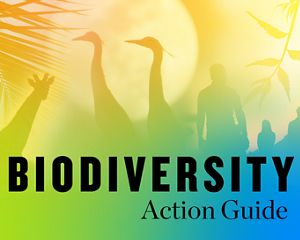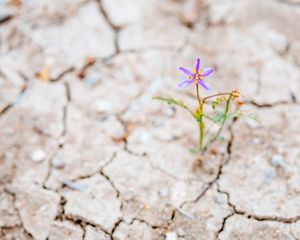
As leaders from across the globe gather for high-level UN events in person and virtually in the coming months, I’ve been thinking about how to ensure respect for human communities when we come together to protect nature.
Guided by science, The Nature Conservancy (TNC) understands that we cannot meet the dual challenges of the biodiversity and climate crises without setting ambitious goals for change. That includes advocating for a meaningful global target for conserved freshwater, marine and terrestrial ecosystems. TNC supports broad calls for the 30 percent target championed by the Campaign for Nature and others as the best hope of a sustainable future for nature and for people.
Understandably, many worry that new biodiversity protection goals at a global scale could repeat past errors—for instance, locking away large swaths of land, which often reinforces colonial structures and contributes to inequity. But future conservation efforts needn’t follow this path, and reducing the complexity of conservation down to a false choice between people and nature will not get us closer to the solutions.
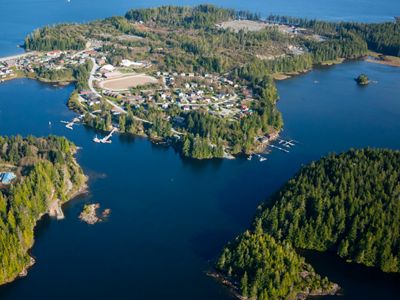

Rather, conservation for the coming decades must be based in authentic partnerships with the Indigenous Peoples and Local Communities (IPLC) who currently manage at least a quarter of the world’s lands, as well as significant freshwater and coastal areas. We cannot meet ambitious biodiversity and climate targets without working alongside and in support of these communities and their goals.
Ensuring that Indigenous rights are recognized and respected throughout this process and amplifying their leadership, engagement, and long-term benefit is essential to conservation success. How and where conservation happens is just as important as the quantity of square kilometers that’s protected—and governments, businesses and NGOs must commit to working with local communities to find the right solution, in the right place.
To that end, TNC is calling on the UN Convention for Biological Diversity (CBD)—which will soon set ten-year global habitat protection targets—to make sure the agreements it produces explicitly ensure that the rights and contributions of the IPLCs who traditionally govern and conserve lands and waters are appropriately recognized.
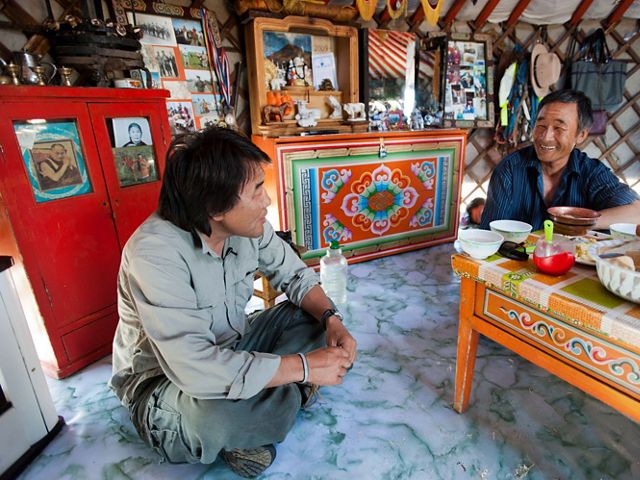
Speaking for TNC, “authentic partnership” means we are dedicated to working in a way that fully considers and respects people by taking the following actions:
- Building a bigger table and championing those who have historically been excluded from decision-making, policymaking, and financial support. This includes advocating for broader inclusion in decision-making bodies like the IUCN World Conservation Congress and UN CBD.
- Listening to what local people need, and what they can contribute. We recognize the reciprocal relationship between ecological and cultural diversity, and whenever possible, seek solutions that offer economic, ecological, and social benefit.
- Amplifying the leadership of those who have managed their lands and waters well for generations, using a rights-based framework that reflects the UN Declaration on the Rights of Indigenous Peoples.
- Bringing a human rights approach to our work and supporting the principle of Free Prior and Informed Consent (FPIC) in determining which conservation efforts count toward conservation targets—which may include efforts, in accordance with communities’ self-determined plans, where sustainable use is available for Indigenous and local communities.
The protection of nature is not about shutting people out. TNC science indicates that with good planning, substantive habitat protection goals can be met without displacing people or negatively affecting their livelihoods and way of life.
Quote
How and where conservation happens is just as important as the quantity of square kilometers that’s protected. [We] must commit to working with local communities to find the right solution, in the right place.
Around the globe, Indigenous and local community stewardship of lands and waters has long been guided by worldviews that reflect a deep connection to place, an interdependence with nature, and a commitment to future generations. What’s more, Indigenous and community stewardship often achieves greater conservation results and sustains more biodiversity than government protected areas.
Lands owned and managed by Indigenous Peoples and local communities cover at least 38 percent of the planet’s remaining intact landscapes and vast stretches of freshwater and coastal marine habitats, which are home to 80 percent of the world’s remaining biodiversity. They also harbor 17 percent of the planet’s forest carbon.
-
38%
Lands owned and managed by Indigenous Peoples and local communities cover at least 38% of the planet’s remaining intact landscapes.
-
80%
These landscapes are home to 80% of the world's remaining biodiversity.
-
17%
These landscapes also harbor 17% of the planet's forest carbon.
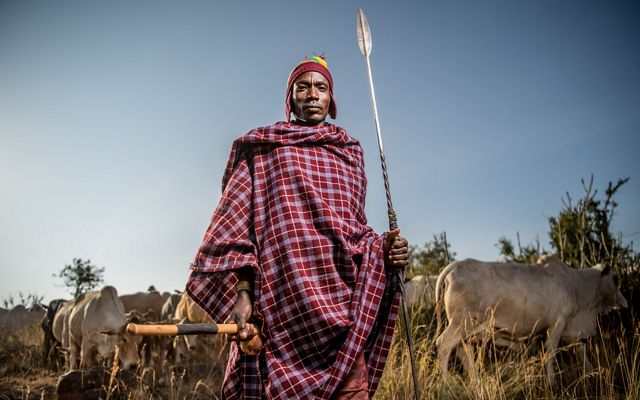
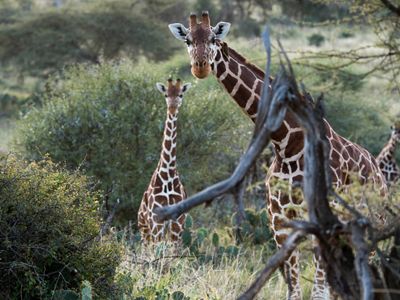
While high development pressure threatens almost half of these places that are so critical to addressing the biodiversity and climate emergencies, IPLCs are leading initiatives that demonstrate how nature and people can thrive together.
In Kenya’s community conservancies, for example, people are protecting their lands for wildlife and other sustainable uses that can lead to improved livelihoods. Across the ocean in North America, First Nations have developed and advanced land-use visions that reflect local cultural, economic, and environmental priorities. And internationally, local farmers are growing food in a way that actively restores habitats, protects biodiversity, and reduces greenhouse gas emissions.
No matter what the project or location, conservation requires putting in the time and effort to work at the speed of partnership, and respecting differences in perspective. Conflict between various uses of our natural world will continue, but that’s no reason to accept defeat. Using both the UN Sustainable Development Goals and the Convention for Biological Diversity as our guides, TNC and our peer organizations stand ready to continue working with local, national, and tribal governments to find nature-positive solutions that work for people for the long term.
Resources
-
Indigenous Peoples & Local Communities and 30x30
PDF
The Nature Conservancy Recommendations: Indigenous Peoples & Local Communities and ’30x30’
Download -
TNC Views on Global Biodiversity Framework
PDF
Views of The Nature Conservancy on the First Draft of the Global Biodiversity Framework, August 2021 More information
Download -
IPs & LCs and the Global Biodiversity Frameworks
PDF
Views of The Nature Conservancy, Indigenous Peoples & Local Communities and the Global Biodiversity Framework, August 2021 More information
Download
Global Insights
Check out our latest thinking and real-world solutions to some of the most complex challenges facing people and the planet today.


